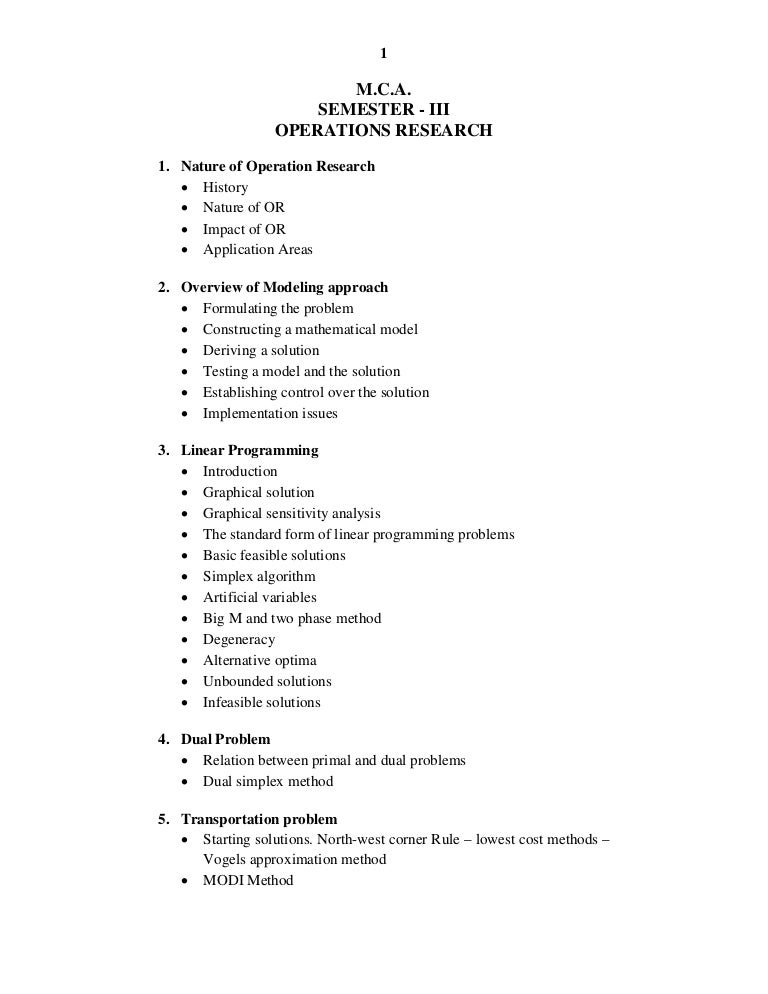

These two columns are introduced to satisfy the constraints of the amount of supply and demand while solving the cost function. The column “Total shipped” is the sum of the columns A, B, C, and D for respective rows and the row “Total Demand” is the sum of rows M, N, and O for the respective columns. It is obtained by the sum product of the cost per unit per km and the decision variables (highlighted in red), as the total cost is directly proportional to the sum product of the number of units shipped and cost of transport per unit per Km. The objective function is the total cost. It is known as an objective function because our interest here is to minimize the cost of transporting while satisfying all the supply and demand restrictions. It is the cost function, that is, the total cost incurred for transporting. From / ToĪn objective function is our target variable. It is also known as decision variables because these are the variables of interest that we will change to achieve the objective, that is, minimizing the cost function.

It is always better to formulate the working procedure in steps that it helps in better understanding and prevents from committing any error. Hence we will use Excel to solve the problem. It also provides us with a greater understanding of the problem than others. But the significance of Microsoft Excel cannot be compromised and devalued at any time. Many sophisticated programming languages have evolved to solve OR problems in a much simpler and easier way. The cost of shipping from a source to a destination is directly proportional to the number of units shipped. Here, the objective is to determine the unknown while satisfying all the supply and demand restrictions. The cost of transport per unit per km in INR and the distance between each source and destination in Kms are given in the tables below. The plant supplies four customers A, B, C, and D, whose demand is 650, 200, 450, 250 per day. The capacity of the plants is 700, 300, 550 per day. For instance, let’s consider that there are three plants in India at places M, N, and O. JIM has it’s production plants in many countries and supplies products to all the top automotive makers in the world. Let us assume that there is a leading global automotive supplier company named JIM. Let us understand this in a much simpler way with the help of a basic example. Whereas, the unbalanced form exists in a situation where there is an unprecedented increase or decrease in demand. Hence the trade-off should be carefully examined. Overproduction increases the inventory cost whereas under production is challenged by the demand. It is because usually, the production units work, taking the inventory and the demand into consideration. In most cases, the problems take a balanced form. It is the case where either the demand is greater than the supply, or vice versa. It is the case where the total supply equals the total demand. Transportation problem exists in two forms. The transportation problem is an extension of linear programming technique because the transportation costs are formulated as a linear function to the supply capacity and demand. So, the focus here is to transport the commodities with minimum transportation cost without any compromise in supply and demand. It includes the distance between the two locations, the path followed, mode of transport, the number of units that are transported, the speed of transport, etc. Many factors decide the cost of transport. Here, the cost function is the amount of money spent to the logistics provider for transporting the commodities from production or supplier place to the demand place. Transportation problem works in a way of minimizing the cost function. (i, j) joining source (i) and destination (j)Ī i 🡪 the amount of supply at source (i)ī j 🡪 the amount of demand at destination (j) LP transportation problem arc and node diagram

Their application can be extended to other areas of operation, including It is a special class of linear programming technique that was designed for models with linear objective and constraint functions. It originally means the problem of transporting/shipping the commodities from the industry to the destinations with the least possible cost while satisfying the supply and demand limits. One of the problems the organizations face is the transportation problem. OR helps any organization to achieve their best performance under the given constraints or circumstances. Operations Research (OR) is a state of art approach used for problem-solving and decision making.


 0 kommentar(er)
0 kommentar(er)
